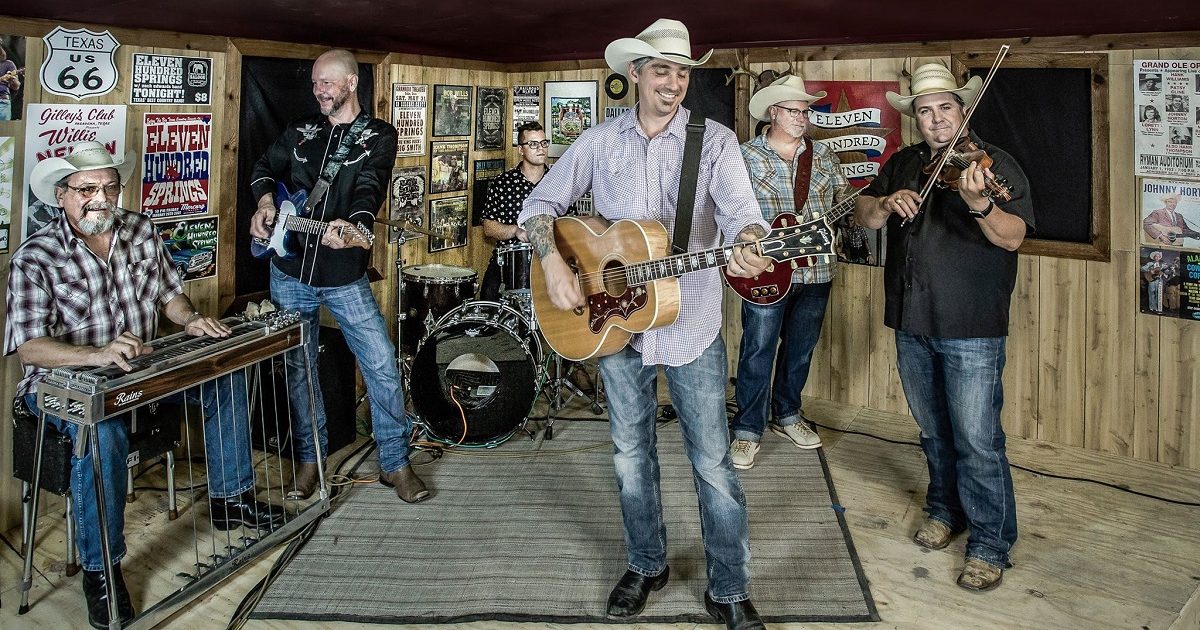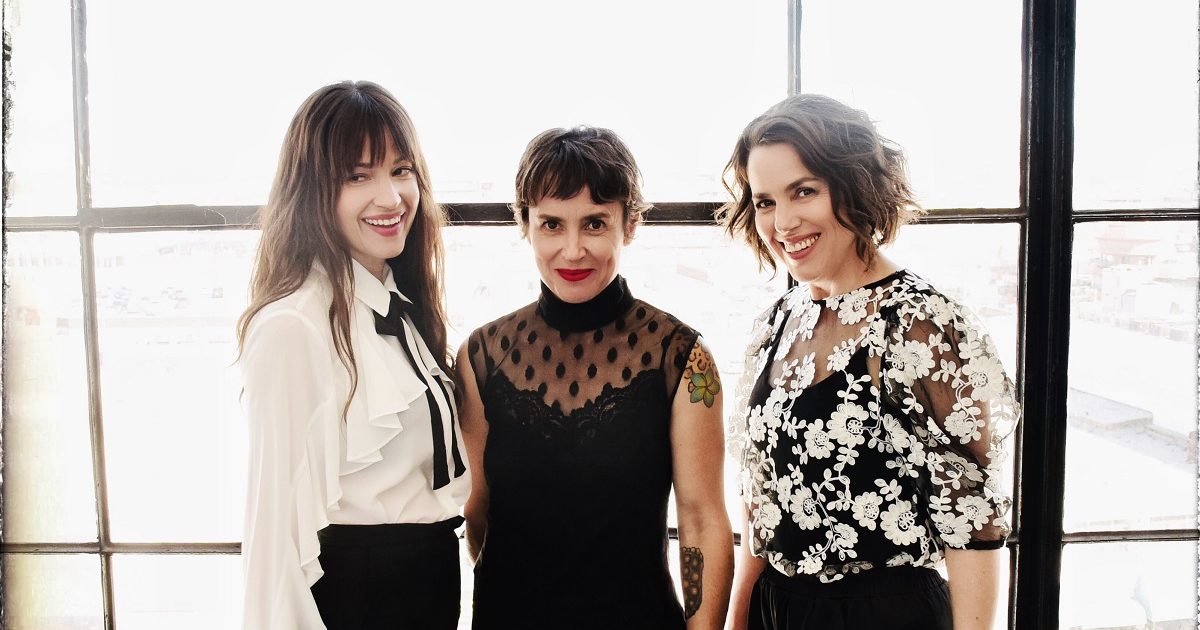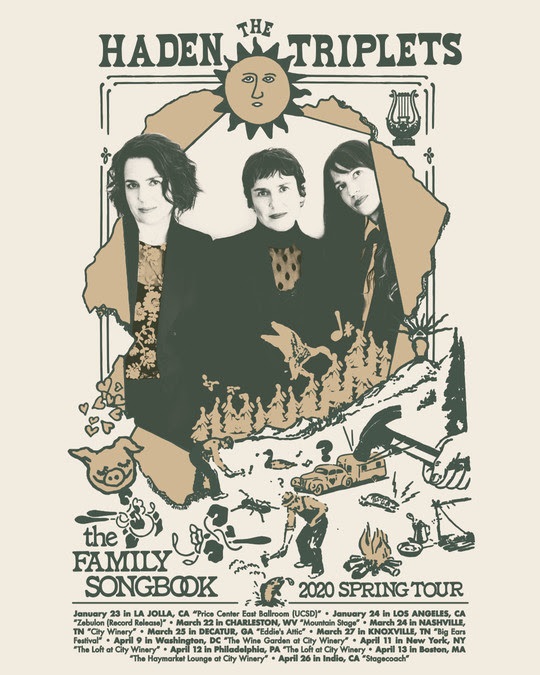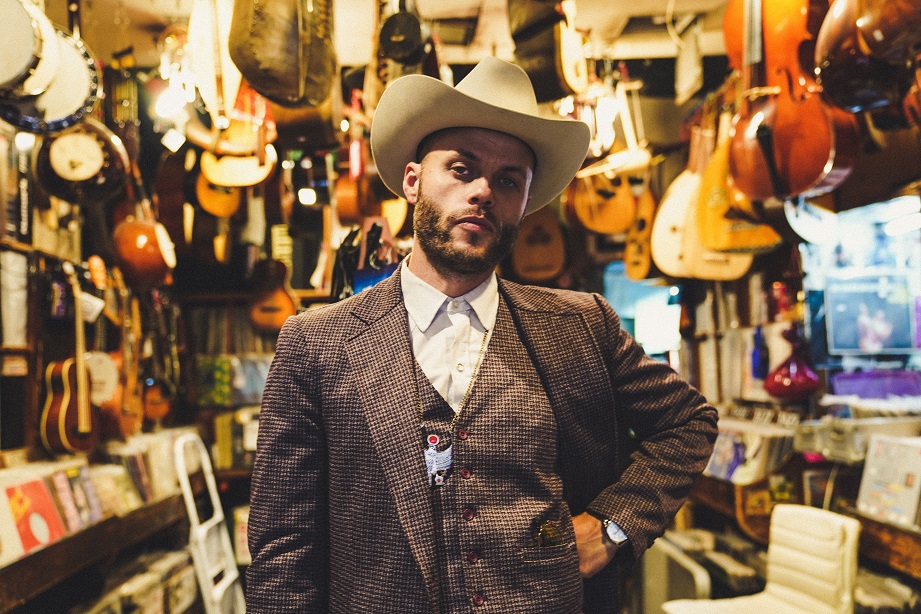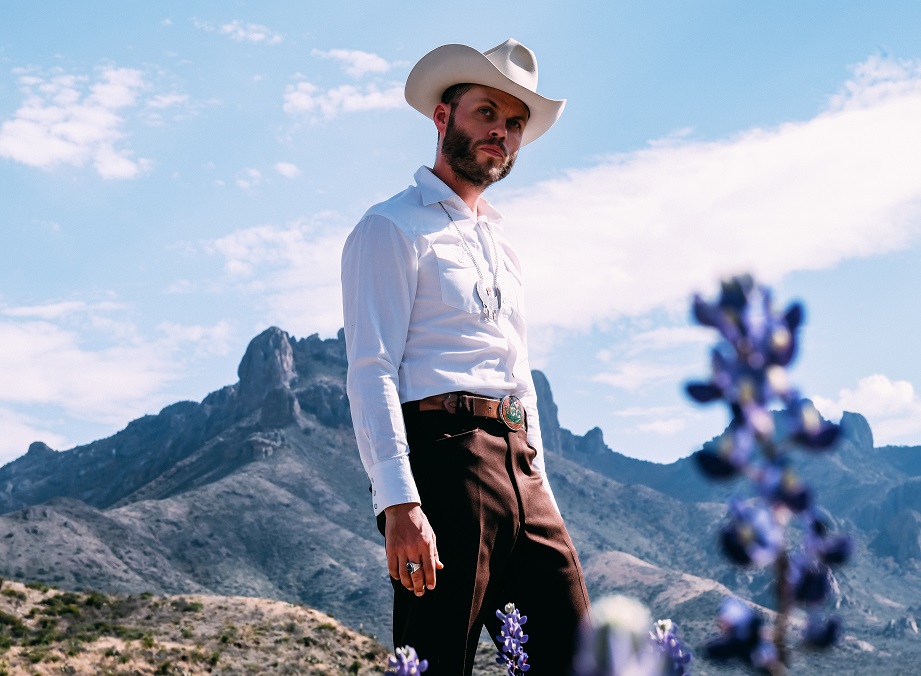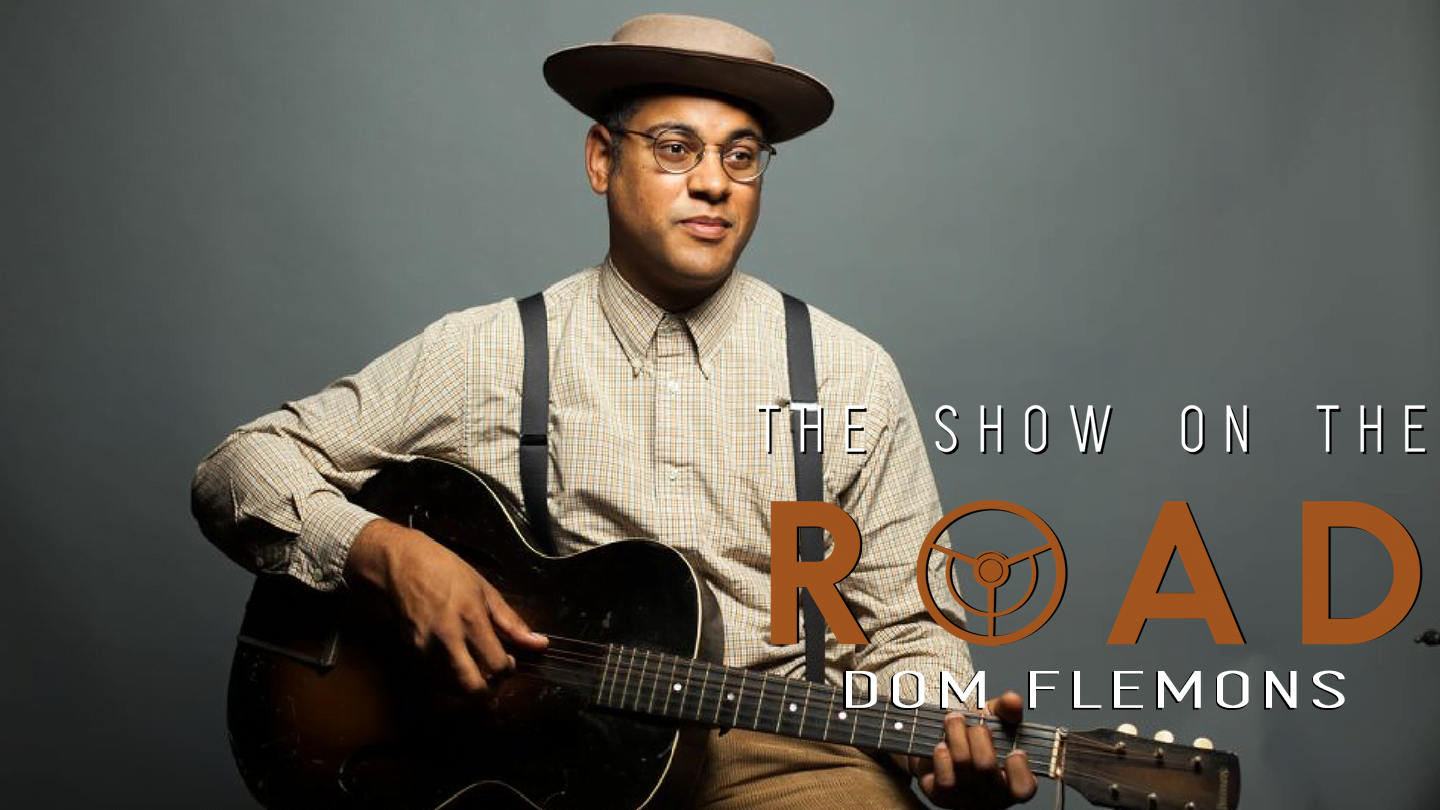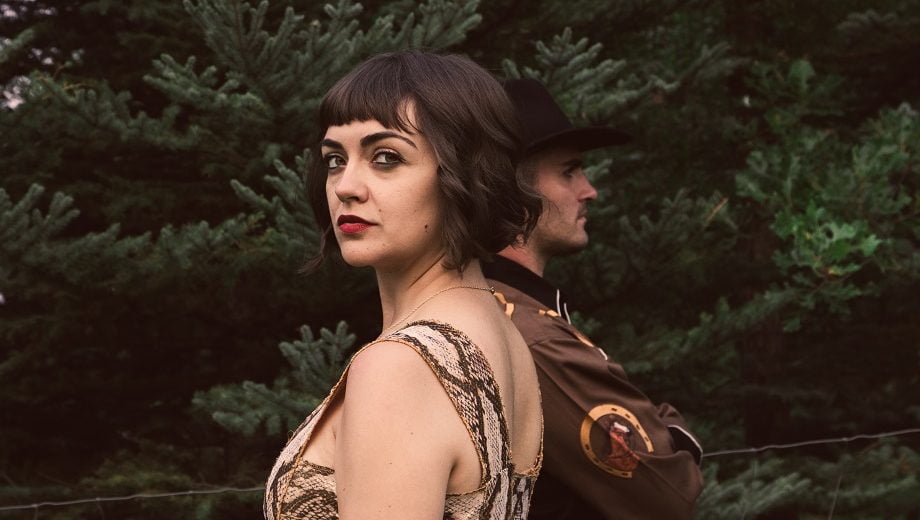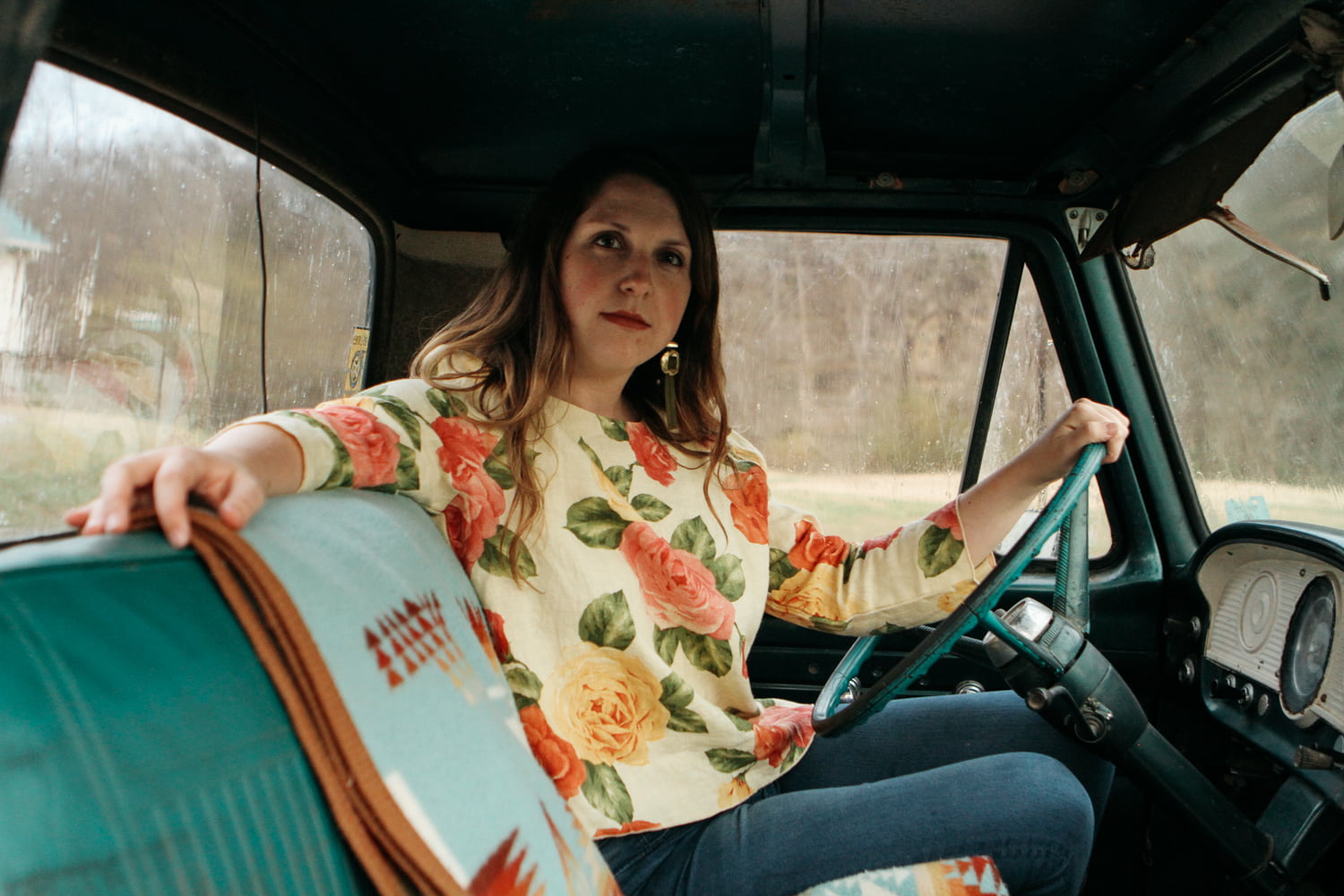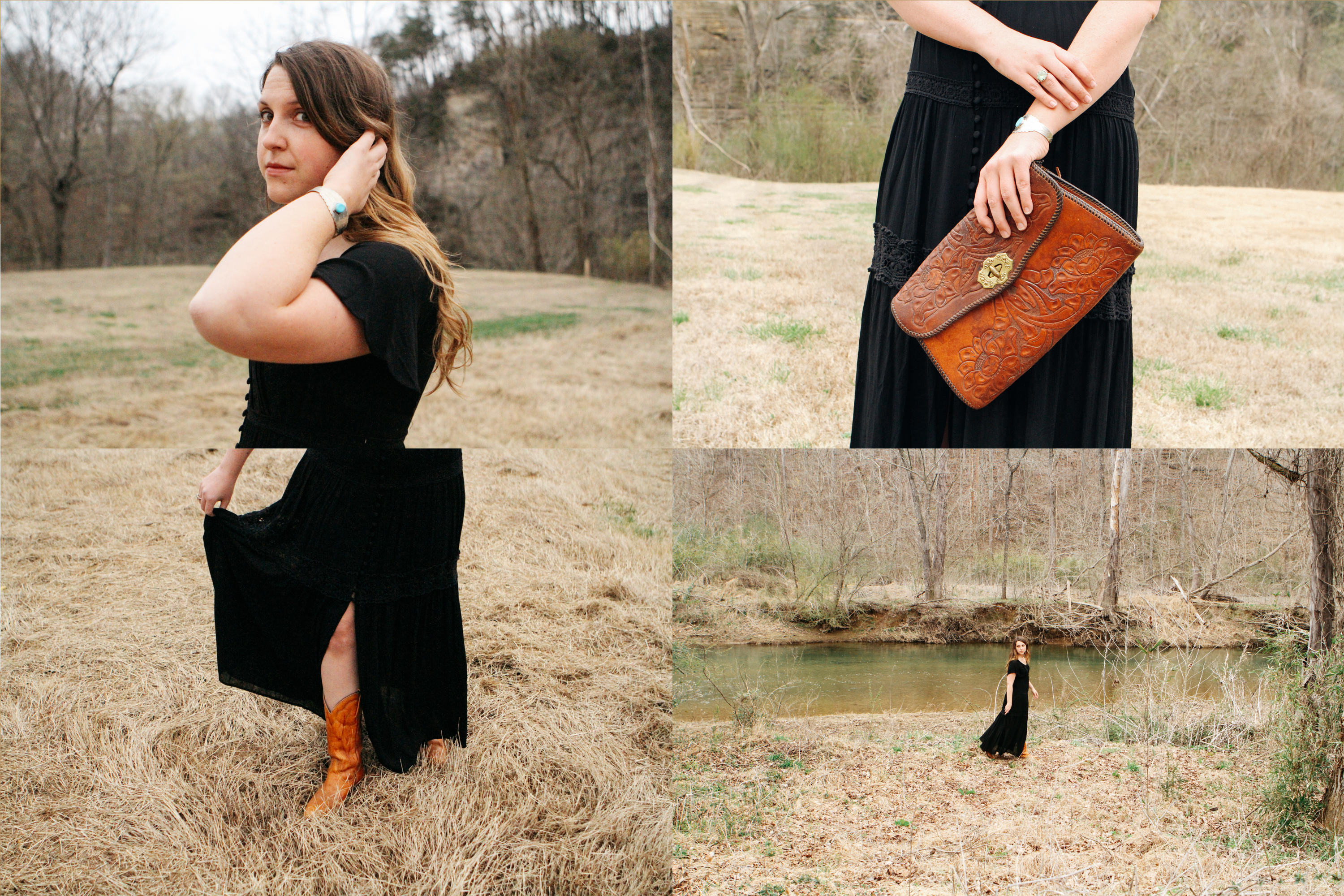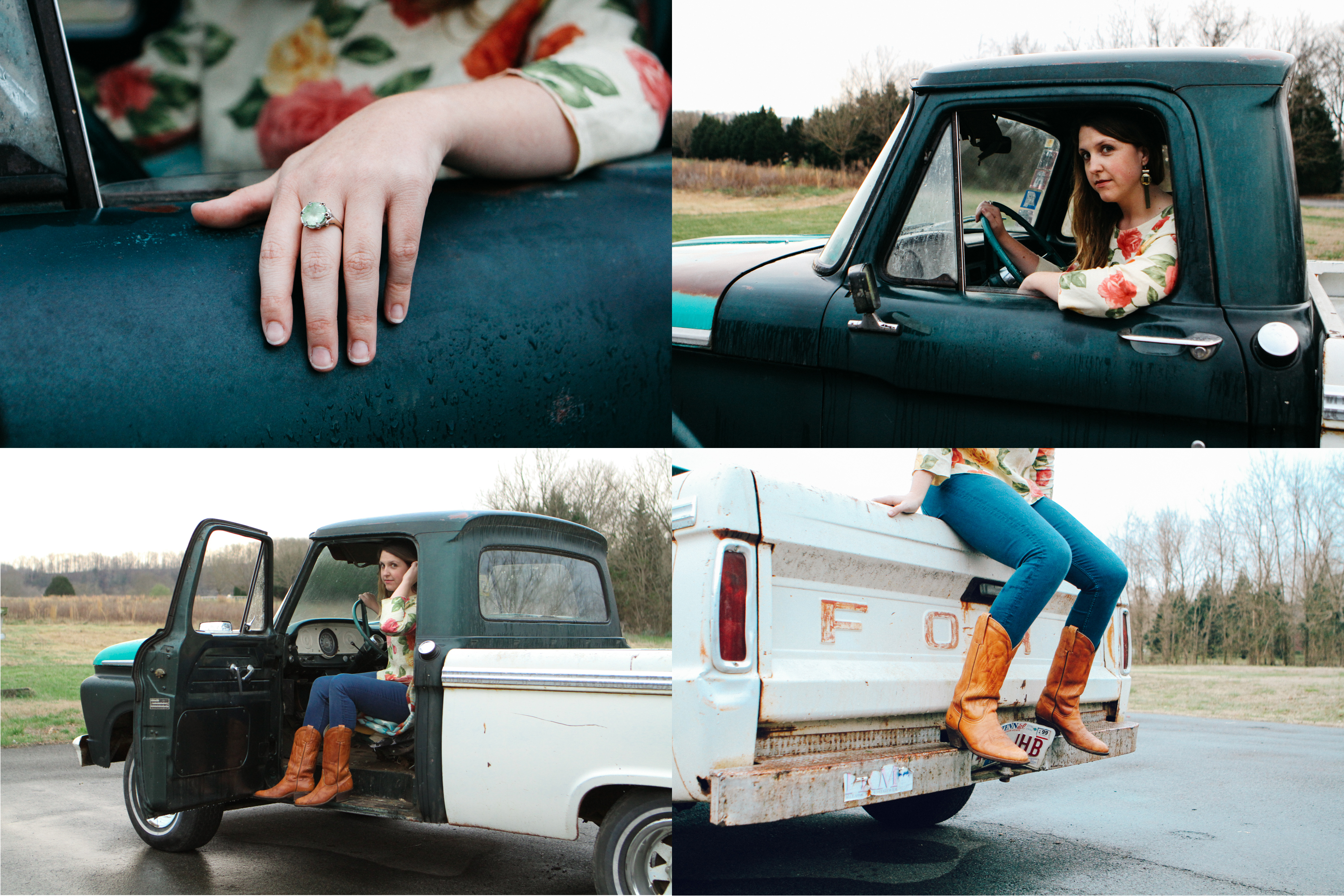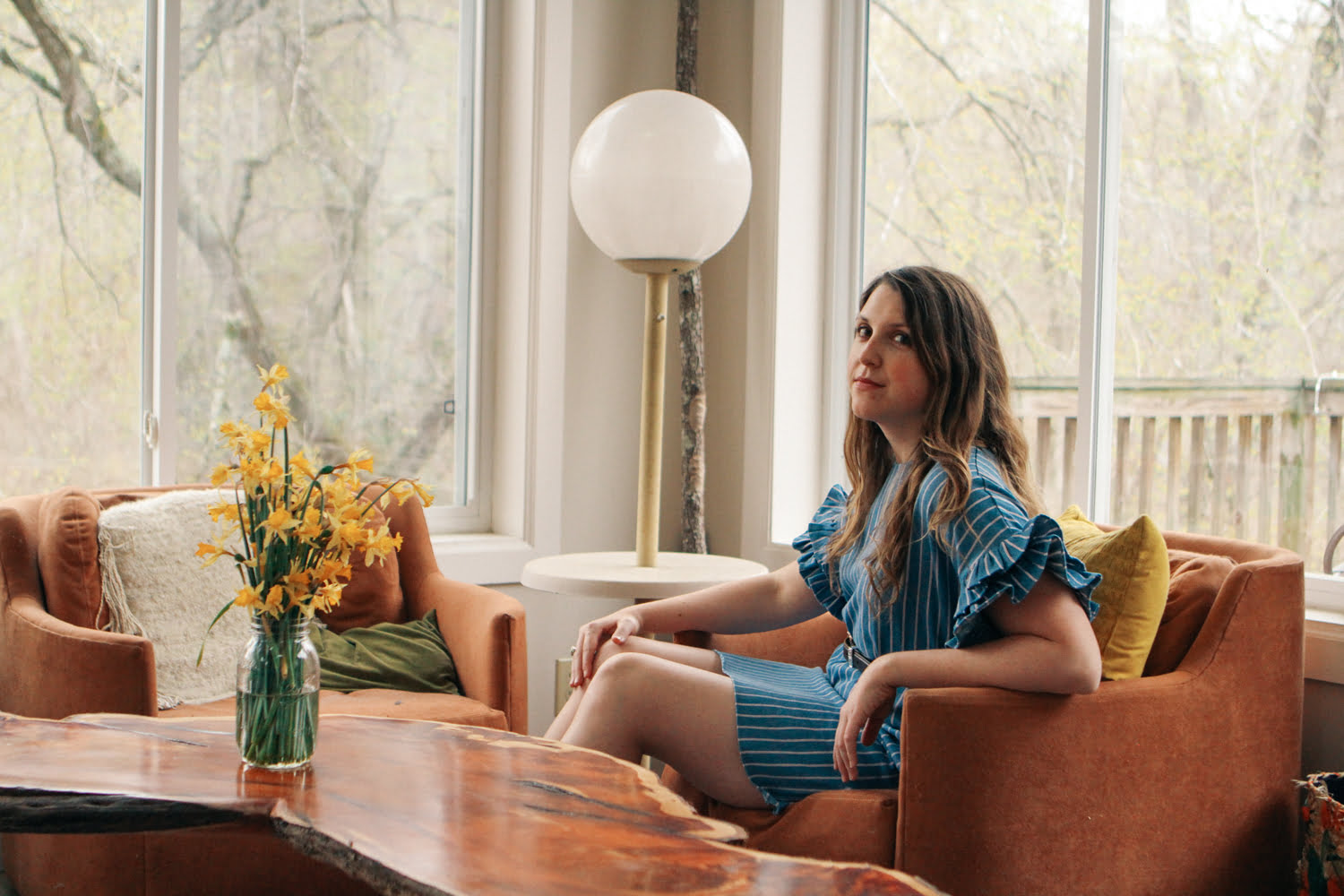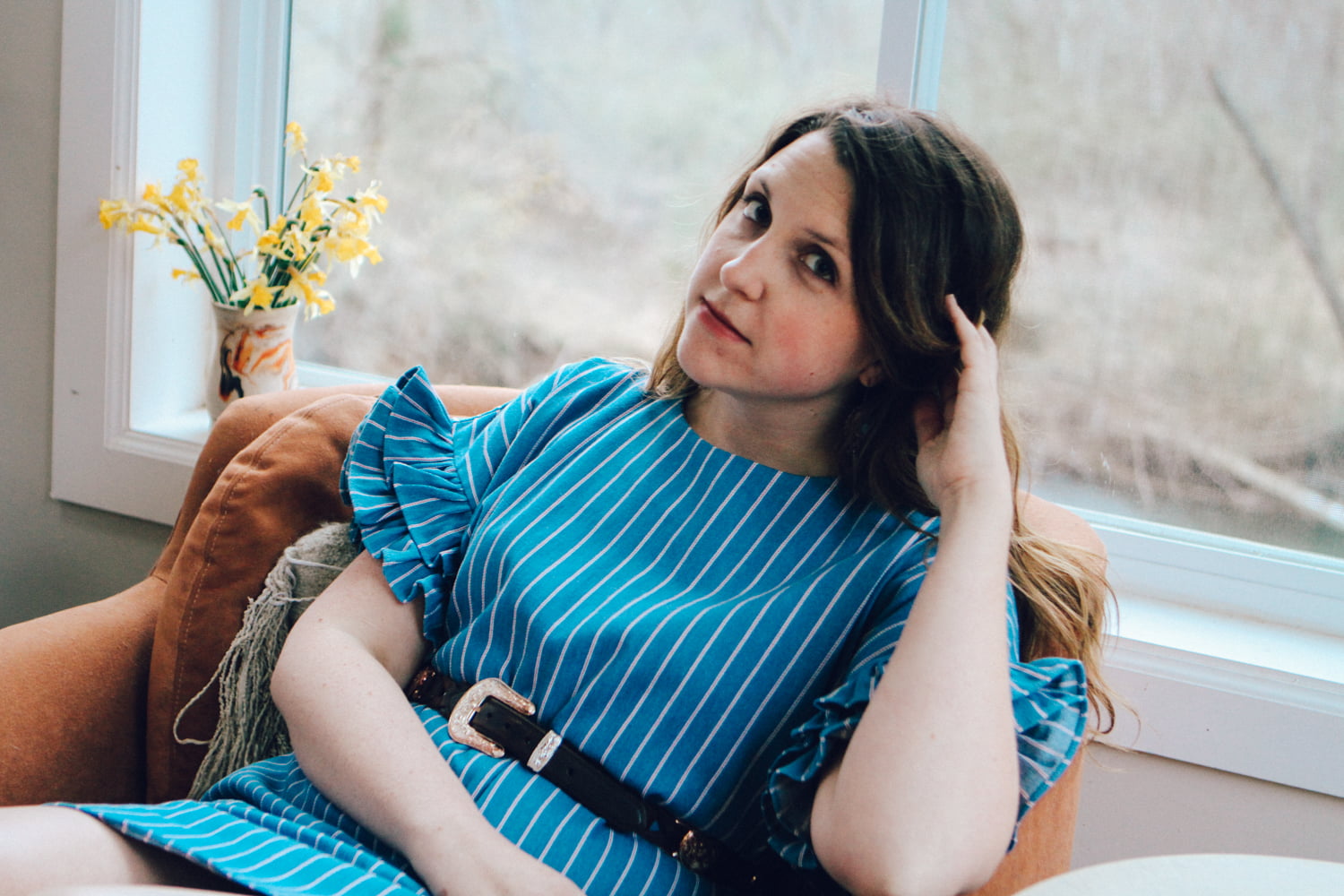I have always maintained that whatever you do as a career, the great takeaway is the relationships you make along the way. That’s certainly been my experience in music. I have had the opportunity to get to know and share stages with so many talented people that play many different styles of music. This Mixtape is just a taste of the long list of friends who blow me away regularly with their songs, live shows, and friendship. — Matt Hillyer, Eleven Hundred Springs
Brennen Leigh & Noel McKay – “Breaking Up Is Easy”
I have been a fan of each of these folks independently of each other before they started making music together. Both of them sing and write so well. I chose this song because I really dig the groove and the way they sing together on it. There’s a moment when Brennen is singing underneath Noel while he’s singing the lead that is just so great. Truly though, I’m a fan of everything they’ve done. Separate or together.
Courtney Patton – “So This Is Life”
Courtney is like my sister. We have a lot of fun together. This song is just about as perfect an example as I’ve ever heard of an honest accounting of witnessing love coming together and falling apart. Being that honest is so difficult and she nailed it.
Max Stalling – “Blue Eyes”
Max is one of my best friends in “the biz.” We both kinda got our start at the same time and place, and he’s super great guy. He’s also able to paint a picture with words like no one else. This song I love because it’s a testament to his abilities as a poet, but also with melody. It’s a straight ahead danceable country love song.
The Wagoneers – “Sit A Little Closer”
When I started playing in bands I was 13 and into rockabilly. Through some twist of fate I crossed paths with this band and they took me under their wing. They were my introduction to so much great country music. They have such a great live show. Their frontman, Monte Warden, taught me so much about how to write songs.
The Derailers – “100% Pure Fool”
When Eleven Hundred Springs was beginning, The Derailers were a real example to us. The band was so tight. Their love of all things traditional country, particularly the Bakersfield sound meant a lot to us. They had roots in the rockabilly world. They were our kind of band. They were also very kind to us every time we got the chance to share the stage. This song was always a barn burner at their shows.
Mike & The Moonpies – “Steak Night at the Prairie Rose”
In the same way that I think the Derailers felt good about a young band coming up behind them that cared about traditional country music when they looked at Eleven Hundred Springs, that’s how we feel about the Moonpies. They’re great and they give a damn. They work their asses off and write great songs. I feel like they’re just getting better and better. The Steak Night record felt like a real turning point for them though.
Jason Eady – “Wishful Drinking”
Jason’s A.M. Country Heaven record is one of my favorites of all time. It’s a solid collection of great country songs. It’s hard for me to narrow down any one favorite, but this may be it.
The Tejas Brothers – “Don’t Be So Mean”
The music of the Texas Tornados and Doug Sahm have always been so influential to Eleven Hundred Springs. The first time we played with The Tejas Brothers, it was a natural match. Their connection to that sound was something we loved. We became friends instantly and found as many ways to collaborate as we could and we remain close to this day.
Joshua Ray Walker – “Canyon”
When we discover new artists on the scene that are doing really great things, it’s so exciting. Joshua Ray Walker is someone who’s topping that list right now. He’s such a great writer, singer, and guitar picker. Our friendship is just beginning, but I look forward to a lot of fun collaborations with him.
Reverend Horton Heat – “We Belong Forever”
Jim Heath has been one of my biggest mentors since I was 12. He’s always been like a big brother. Not only is his talent and voice one of a kind, but his work ethic has been a huge example. He and his band are truly self-made. This song isn’t the typical loud rocking tune the band is known for, but it showcases their ability to take it down to something quiet and also play something beautiful. I love the way the guitar melody on the high strings go along with the walking bass on the low strings. Not everybody can do that.
Tommy Alverson – “My Hometown”
Over the years Tommy and I’s relationship has evolved from him being a mentor to friendship. I have learned a lot playing shows with him, and I always feel like family when I’m with him and his son Justin, who is also a dear friend.
Walt Wilkins – “When It Was Country”
When spending time with Walt, I always hope some of his cool will rub off. This song makes the hair on the back of my neck stand up every time.
